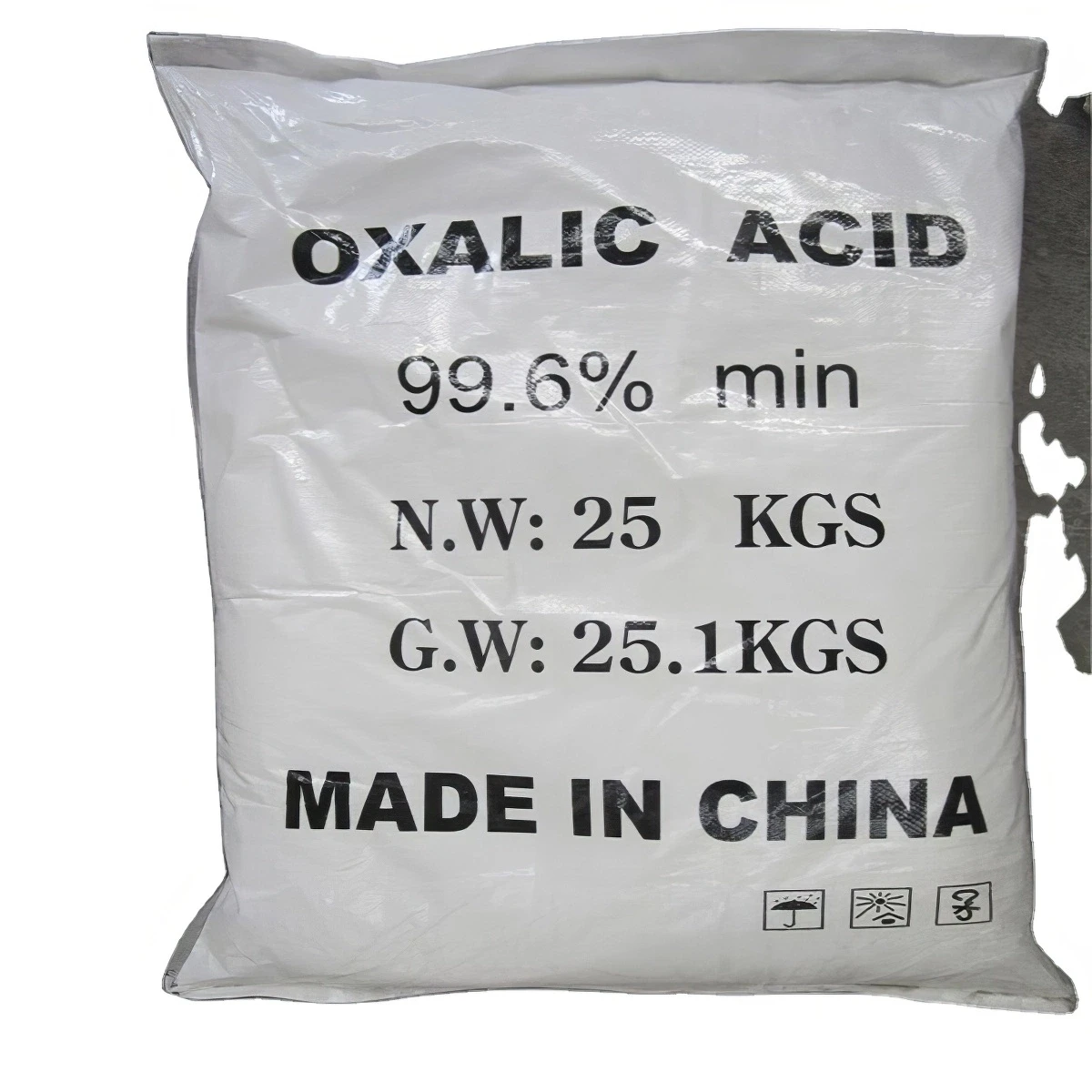



sodium chlorite liquid
Understanding Sodium Chlorite Liquid Properties, Uses, and Safety
Sodium chlorite is a chemical compound that has garnered attention for its diverse applications, particularly in water treatment, disinfection, and industrial processes. This article aims to provide an overview of sodium chlorite in its liquid form, exploring its properties, uses, and safety considerations.
What is Sodium Chlorite?
Sodium chlorite (NaClO2) is a sodium salt of chlorous acid. It appears as a white or yellowish crystalline solid, soluble in water, with the liquid form being a key component in various applications. Sodium chlorite is primarily known for its oxidizing properties, which make it effective in disinfection and bleaching processes.
Properties of Sodium Chlorite Liquid
In its liquid form, sodium chlorite is typically available as an aqueous solution. It is a stable compound under standard conditions but can decompose when exposed to light, heat, or certain catalysts. Solutions of sodium chlorite generally have a pH range between 7 and 9, making them mildly alkaline. This property enhances its effectiveness as a disinfectant and sanitizer.
Applications
1. Water Treatment One of the most significant uses of sodium chlorite liquid is in the treatment of drinking water. It acts as a disinfectant, effectively killing bacteria, viruses, and other pathogens. Its use in water treatment ensures safe drinking water, preventing the spread of waterborne diseases.
2. Disinfection Sodium chlorite is widely used in various industries for surface disinfection. Hospitals, food processing plants, and public facilities utilize sodium chlorite solutions to sanitize surfaces and equipment, promoting hygiene and safety.
sodium chlorite liquid

3. Bleaching Agent In the textile and paper industries, sodium chlorite serves as a bleaching agent. It effectively whitens fabrics and paper products without causing significant damage, making it preferable over traditional chlorine-based bleaches.
4. Odor Control Sodium chlorite can neutralize unpleasant odors caused by organic materials. Its applications in wastewater treatment plants help manage smells associated with decomposing waste, improving the overall environment.
Safety Considerations
While sodium chlorite in liquid form is beneficial for various applications, it is crucial to handle it with care. Exposure to high concentrations can cause irritation to the skin, eyes, and respiratory system. Therefore, it is essential to wear appropriate personal protective equipment (PPE) when working with this compound.
In addition, sodium chlorite can react with acids, generating chlorine dioxide gas, a potent and potentially hazardous substance. As such, proper storage and handling protocols must be followed to mitigate risks. It is vital to keep sodium chlorite away from heat and direct sunlight to maintain its stability.
Regulations and Guidelines
Due to its widespread use, sodium chlorite is subject to regulations by health and safety organizations. In the United States, the Environmental Protection Agency (EPA) regulates its use in drinking water to ensure public safety. Similarly, the Food and Drug Administration (FDA) monitors its applications in the food processing industry.
Conclusion
Sodium chlorite liquid is a versatile chemical compound with numerous applications in water treatment, disinfection, and industrial processes. Its properties as a powerful disinfectant and bleaching agent make it an essential tool in promoting health and safety in various sectors. However, understanding its potential hazards and adhering to safety protocols is crucial for effective and safe use. As industries continue to prioritize cleanliness and safety, sodium chlorite will remain an important player in the field of disinfection and sanitation.
-
Why Sodium Persulfate Is Everywhere NowNewsJul.07,2025
-
Why Polyacrylamide Is in High DemandNewsJul.07,2025
-
Understanding Paint Chemicals and Their ApplicationsNewsJul.07,2025
-
Smart Use Of Mining ChemicalsNewsJul.07,2025
-
Practical Uses of Potassium MonopersulfateNewsJul.07,2025
-
Agrochemicals In Real FarmingNewsJul.07,2025
-
Sodium Chlorite Hot UsesNewsJul.01,2025










